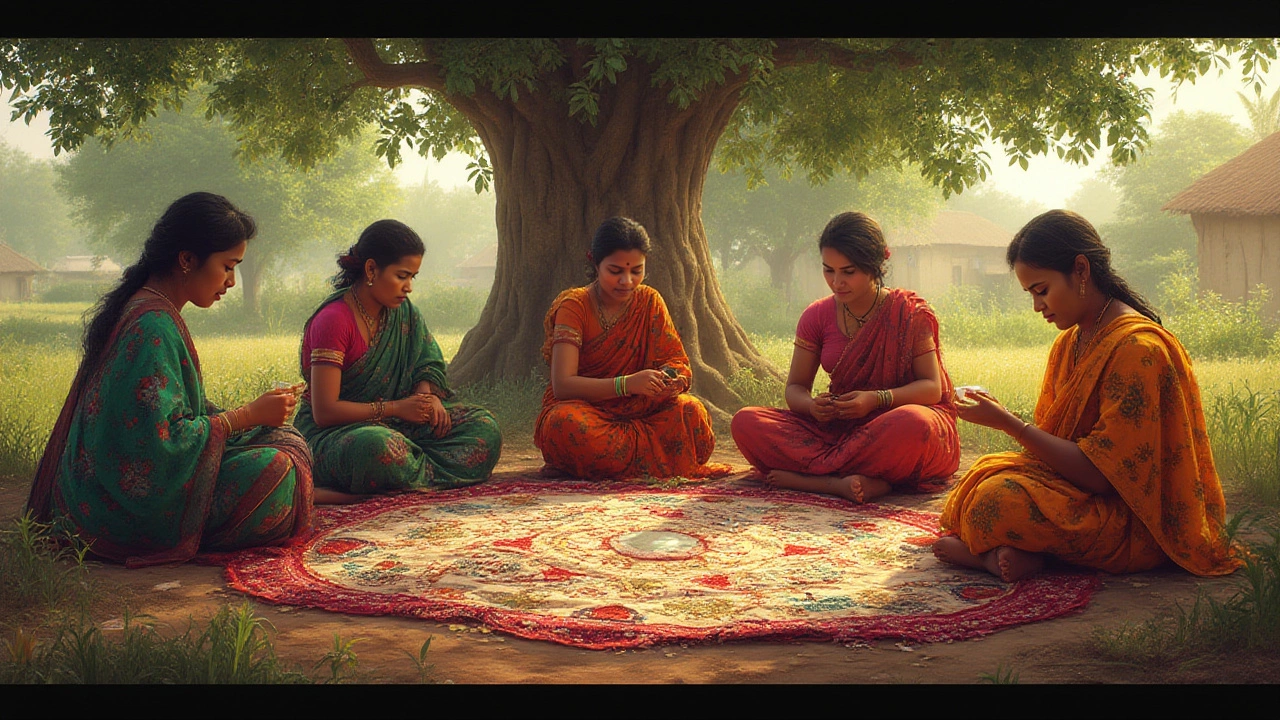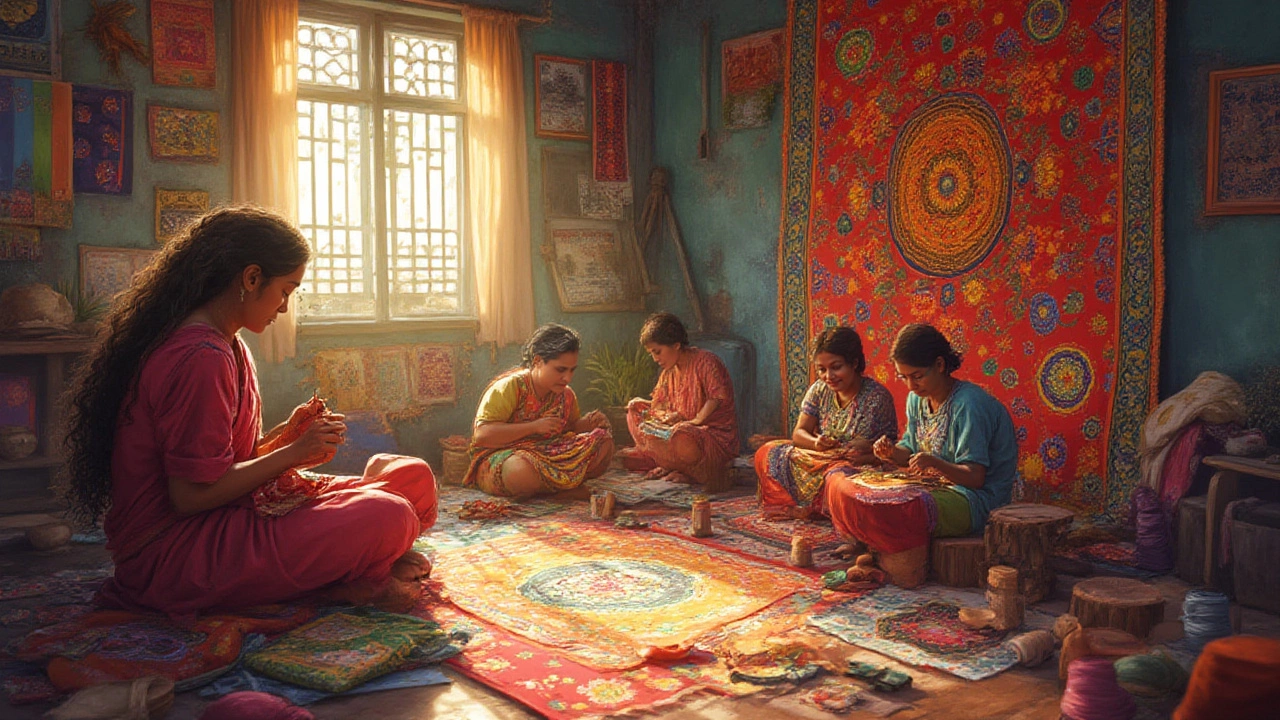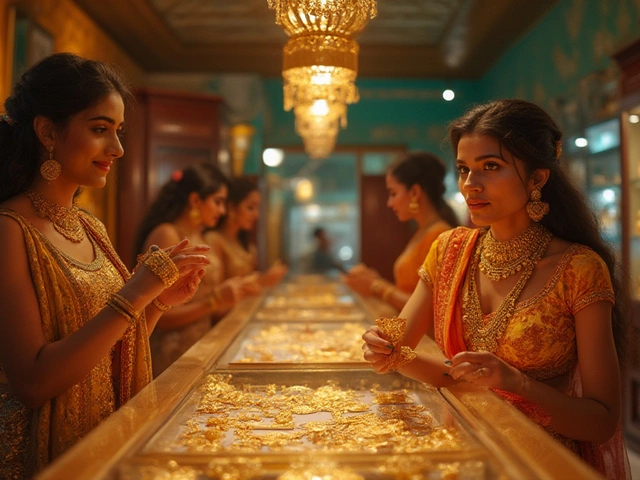RH Jewellers India - Page 5
Sleeping with Bangles: Safety, Comfort, and Traditions You Should Know
Thinking of sleeping with your bangles on? Understand the tradition, safety, comfort, and practical tips to protect your wrists and style, all in one detailed read.
Kantha vs Nakshi Kantha: Key Differences, Traditions, and Style Insights
Decoding Kantha and Nakshi Kantha: This guide explores their real differences, roots, techniques, and the stories stitched into every thread.
Jump Ring Opener: Essential Jewelry Tool for Effortless Design
A jump ring opener makes jewelry crafting quick and easy. Learn how this simple tool can change the way you handle tricky little rings and save your fingers.
Traditional Dresses Worn Across India: Popular Ethnic Styles Explained
Discover which dresses are worn all over India, from sarees to kurta-pajamas. Get interesting facts, tips, and cultural insights about Indian traditional outfits.
Who is the Fashion King of India? Icons, Trends & Influence in 2025
Curious about who truly rules India's fashion world today? Get the lowdown on India's fashion king, his iconic style, and his impact on trends. Discover bizarre facts and styling tips inspired by India's boldest dresser.
Best Nail Polish Colors for Gold Jewelry: Tips to Elevate Your Look
Looking for the perfect nail color to match your gold jewelry? These color ideas, styling secrets, and expert tips will make your jewelry shine even brighter.
Most Expensive Fabrics in India: Silk, Pashmina & More
Curious which fabric costs a fortune in India? This guide reveals why silk, Pashmina, and rare handlooms are worth every rupee. Discover traditions, facts, and tips before you buy.
Sujni vs Kantha: Key Differences in Indian Embroidered Textiles
Confused about sujni and kantha embroidery? Explore the origin, stitch techniques, stories, and modern uses to understand the real difference between these handcrafted wonders.
Jewelry That Increases In Value: Gold, Diamonds, Vintage & More
Curious if your jewelry box hides a future treasure? This guide uncovers which jewelry types actually go up in value—gold, diamonds, and more—plus expert tips.
Does the Bible Mention Mangalsutra? Exploring Christian and Hindu Marriage Symbols
Wondering if the Bible says anything about the mangalsutra? Deep dive into marriage symbols, what each means, and how Christian and Hindu traditions compare.
Jewelry That Holds Value: Best Picks for Timeless Investment
Discover which jewelry pieces truly keep their value with honest, practical advice. Learn why some pieces endure as investments and get tips to buy wisely.
Best Month to Buy Gold in India: Timing Your Purchase for Maximum Savings
Discover the smartest month for buying gold in India. Get expert tips on the best timing, seasonal price trends, and how to snag the lowest gold prices.















